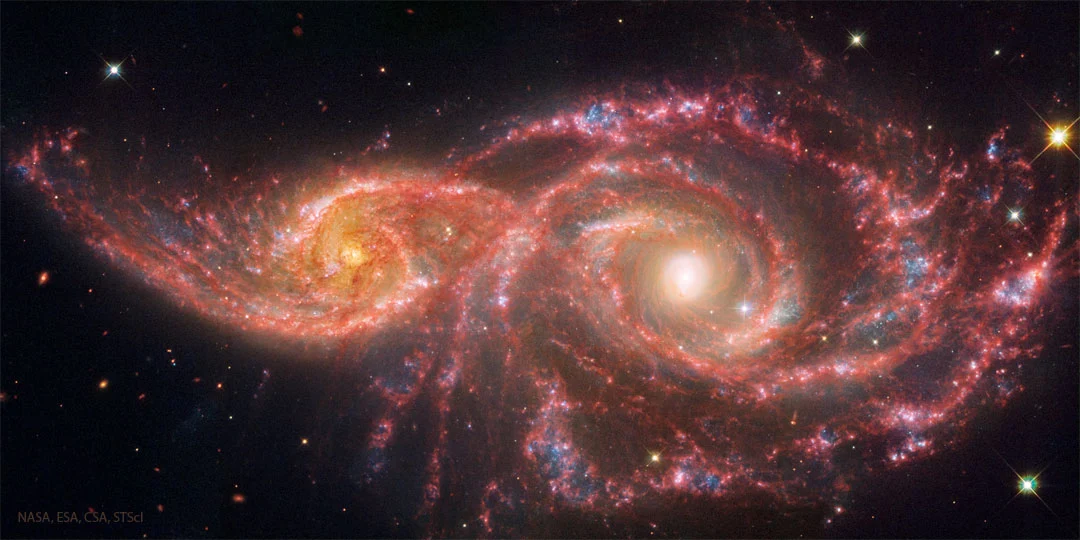
Daniel Galán Diéguez
Instituto de Astrofisica de Canarias
Advanced photometric analysis for binary star systems

Many of the stars we observe in the night sky are part of physical systems where two or more stars orbit a common center of mass. In fact, it is estimated that less than 50% of stars are solitary, like the Sun, while at least 70% of stars are low-mass objects with masses below 1 Msol. Among the different types of binary star systems, eclipsing binaries stand out as particularly interesting: these systems provide one of the most effective methods for determining stellar physical parameters. By analyzing the photometric light curve (LC) and the radial velocity curve of an eclipsing binary, it's possible to precisely measure the masses and radii of the system's components. Without this specific configuration, deriving such parameters would be significantly much more complex.
In this context, we developed PhotBin, a Python package designed to perform detailed photometric analyses of eclipsing binary star systems. This versatile tool streamlines the entire workflow, from planning observational campaigns to reducing photometric data and performing advanced differential photometry analysis using state-of-the-art techniques. The PhotBin package is designed to be user-friendly and flexible, allowing the user to customize the analysis to their specific needs. The package is divided into 4 different scripts, each of which performs a specific task.
Efficent photometry on variable systems
Learn morePlanning of observations for variable systems
Learn moreReduction of photometric data
Learn moreAutomatic image astrometization
Learn more